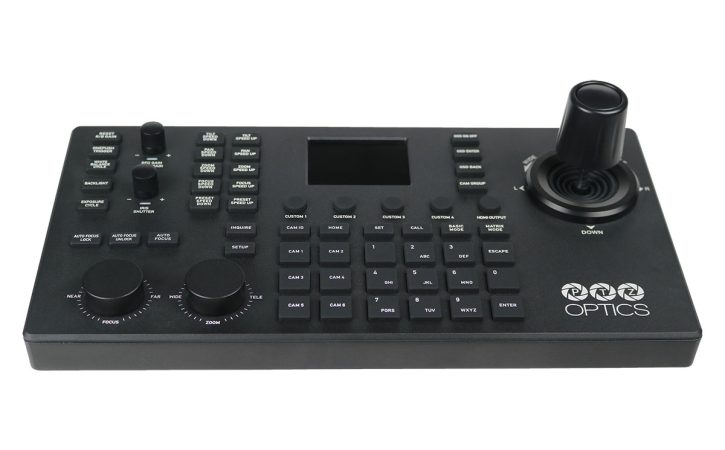
Exploring the Benefits and Functionality of PTZ Camera Systems
A pan-tilt-zoom (PTZ) camera system is a popular surveillance tool used for monitoring areas where real-time video surveillance is required. It is a type of security camera that can be remotely controlled to move left or right (pan), up or down (tilt), and zoom in or out. PTZ camera systems offer a flexible and efficient way to monitor large areas with fewer cameras.
The main components of a PTZ camera system include the camera, a controller, and a video management system (VMS). The camera is the core component and can be installed on a wall, ceiling, or pole. The controller is used to control the camera’s movement, zoom, and focus remotely. The VMS is responsible for managing the video streams and storing the video footage.
PTZ camera systems have several advantages over fixed cameras. Firstly, they can monitor a wider area compared to fixed cameras, which means fewer cameras are needed to cover the same area. This is a cost-effective solution for large surveillance areas. Secondly, PTZ cameras can be remotely controlled, which means that the operator can focus on specific areas of interest and track objects or people as they move around the surveillance area. Thirdly, PTZ cameras can zoom in and out, which enables the operator to capture more detail of an object or person of interest.
There are two main types of PTZ cameras: analog and digital. Analog PTZ cameras use a coaxial cable to transmit video signals, whereas digital PTZ cameras use an internet protocol (IP) network to transmit video signals. Digital PTZ cameras are more popular because they offer higher image quality and better resolution compared to analog PTZ cameras.
PTZ cameras come in different sizes and shapes, with different features and capabilities. Some PTZ cameras are designed for indoor use, while others are designed for outdoor use. Outdoor PTZ cameras are built to withstand harsh weather conditions and are usually enclosed in a weatherproof housing. Some PTZ cameras also come with features such as infrared (IR) illumination, which enables the camera to capture images in low light conditions.
When choosing a PTZ camera system, there are several factors to consider. Firstly, the resolution of the camera is an important factor to consider. The higher the resolution, the clearer the image, and the more details can be captured. Secondly, the camera’s zoom capability is also important. A camera with a high zoom capability can capture more details of an object or person of interest. Thirdly, the camera’s movement range is also important. A camera with a wider range of movement can cover a larger area and can be more flexible in capturing images from different angles. Fourthly, the camera’s low light performance is important. A camera with good low light performance can capture clear images even in low light conditions.
PTZ camera systems are widely used in various industries such as transportation, retail, education, and healthcare. In the transportation industry, PTZ cameras are used to monitor traffic and provide real-time video surveillance in train stations, airports, and highways. In the retail industry, PTZ cameras are used to monitor store entrances, exits, and checkout counters. In the education industry, PTZ cameras are used to monitor classrooms, hallways, and playgrounds. In the healthcare industry, PTZ cameras are used to monitor hospital corridors, waiting rooms, and parking lots.
In conclusion, PTZ camera systems are an important tool for real-time video surveillance in various industries. They offer a flexible and efficient way to monitor large areas with fewer cameras. When choosing a PTZ camera system, it is important to consider factors such as the camera’s resolution, zoom capability, movement range, and low light performance. With the advancement of technology, PTZ camera systems are becoming more sophisticated and are expected to become even more popular in the
- SHARES






